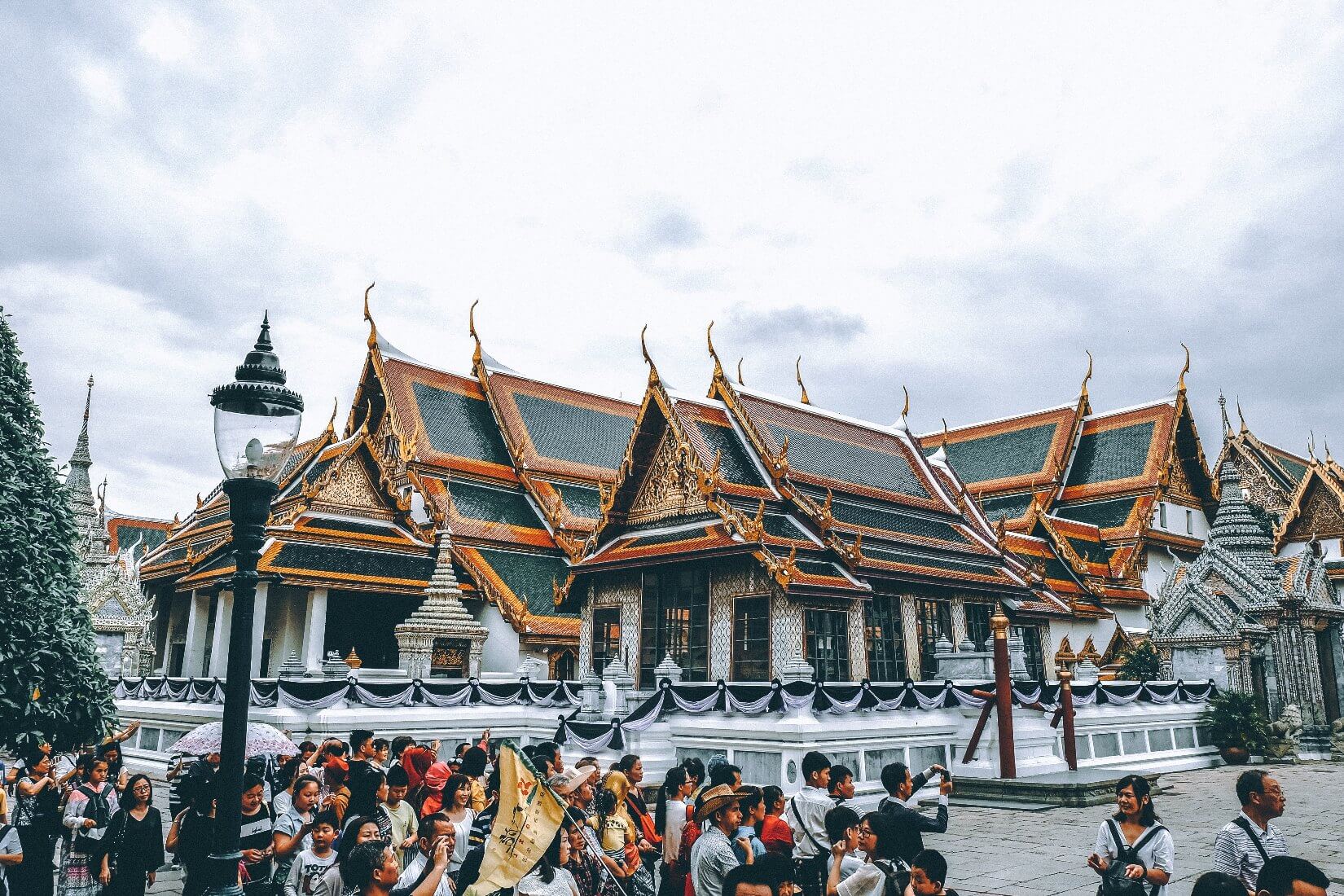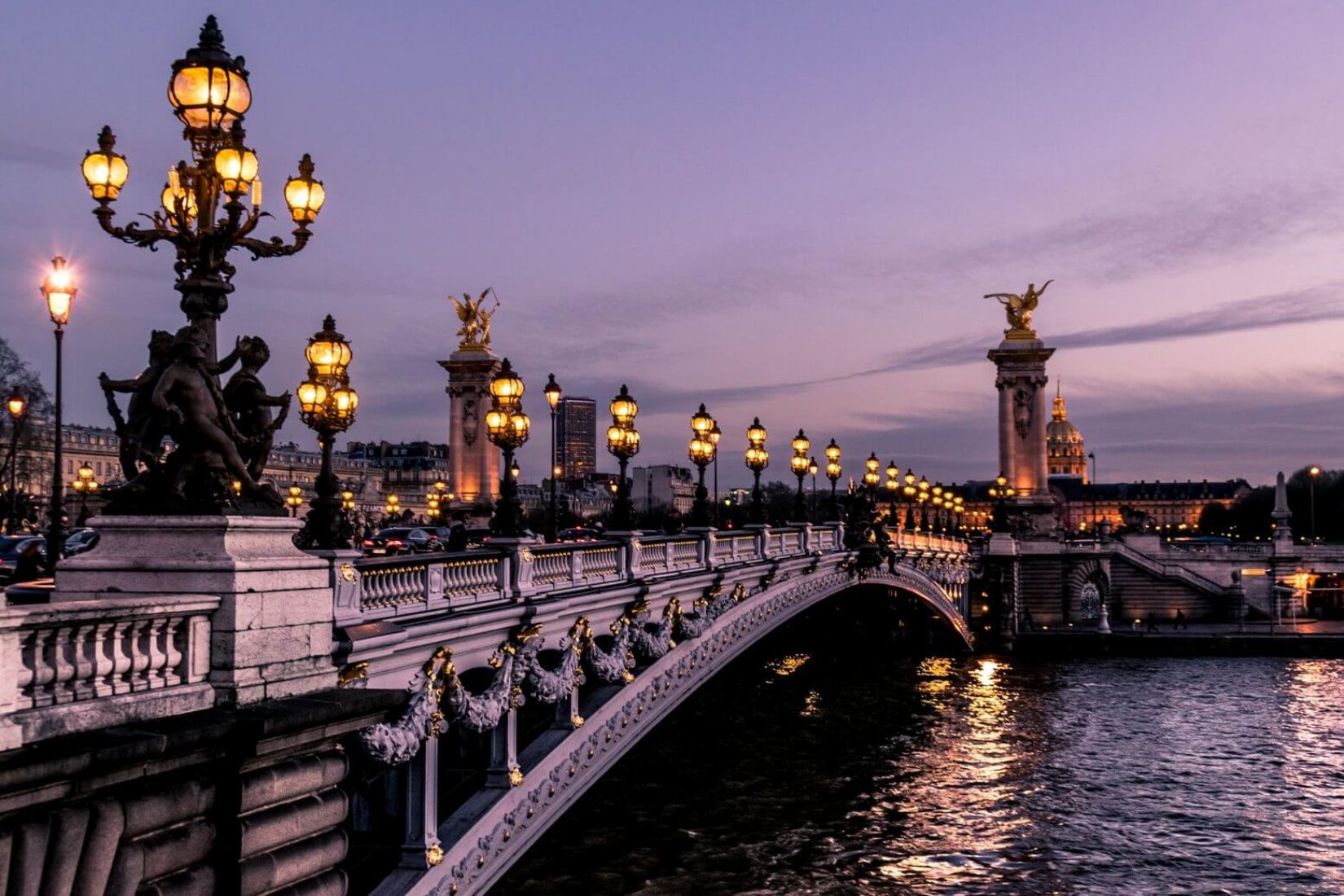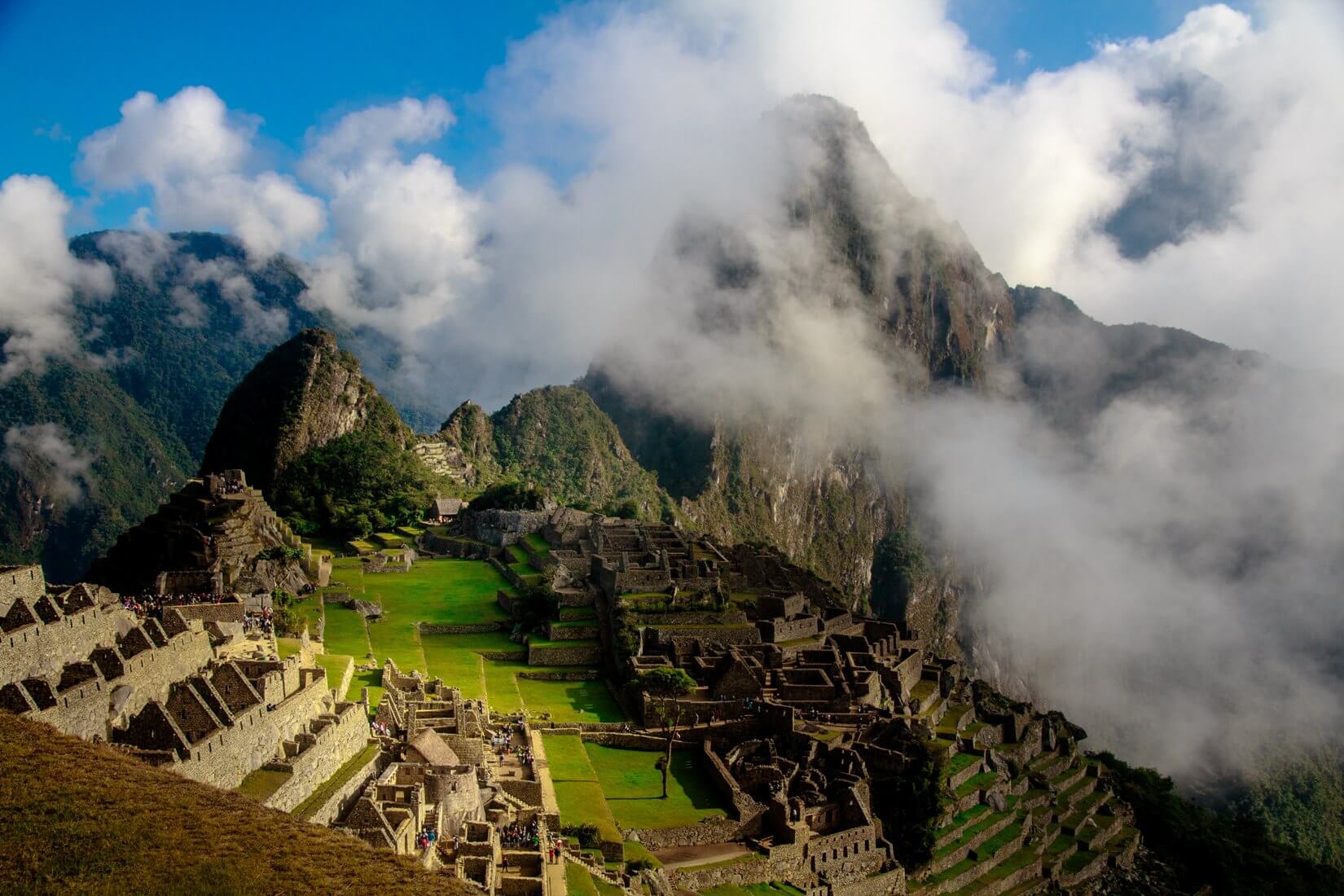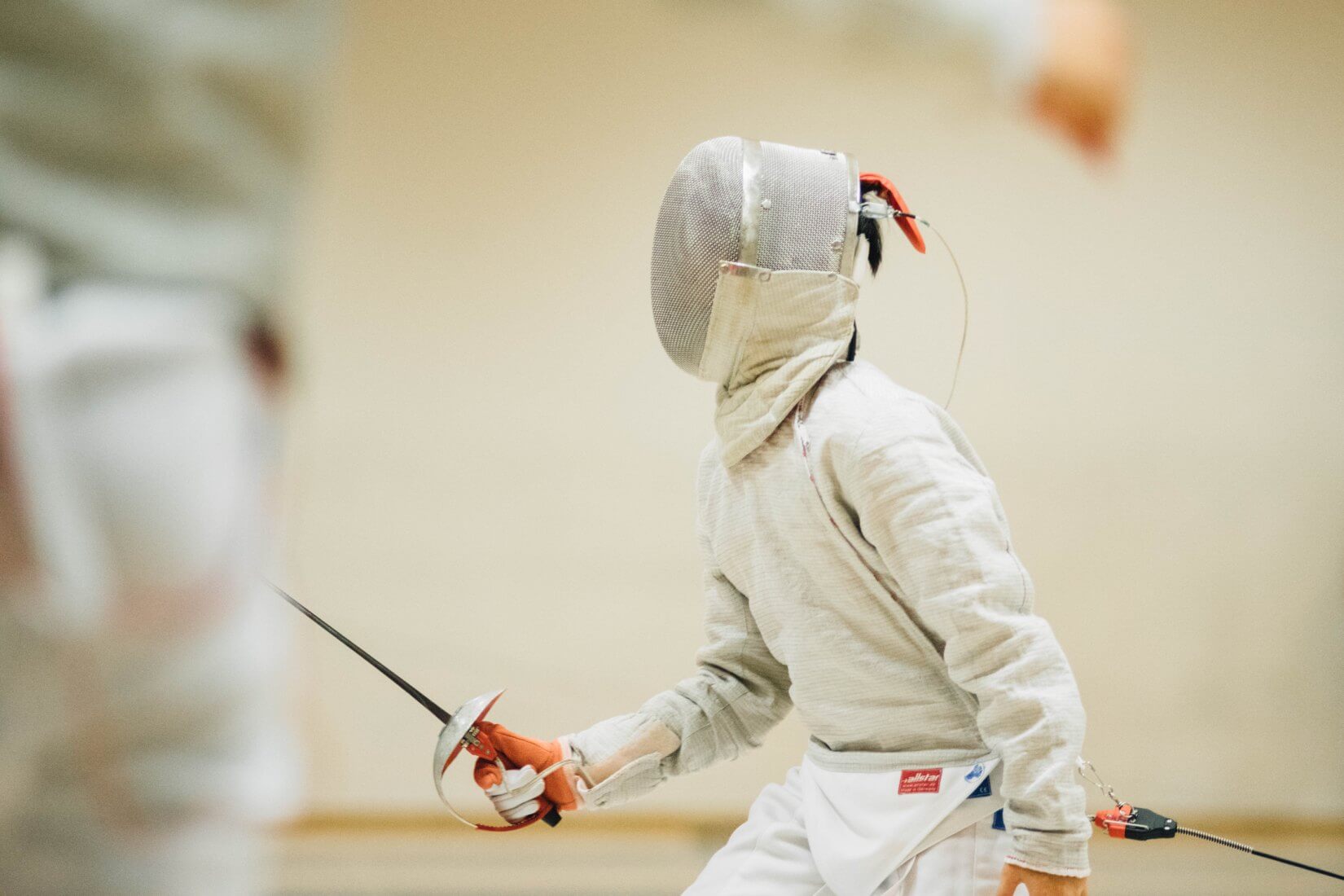Described as a "child prodigy" and hailed as the first astrophysicist to win the Nobel Prize for a theory on the evolution of stars, Subrahmanyan Chandrasekhar would have been 107 on Diwali this Thursday.
In his honour, Google is changing its logo in 28 countries to a doodle, or illustration, of him and the Chandrasekhar Limit. But in his lifetime, the Indian American astrophysicist was not always recognised for his achievements. This is his story:
Intellectual family
- Born in Lahore in 1910 to a Tamil family, Chandra was home tutored until age 12.
- In his autobiography, Chandrasekhar referred to his mother as "My mother Sita was a woman of high intellectual attainments."
- His uncle, Sir CV Raman, won the Nobel Prize in Physics in 1930.
- Also in 1930, Chandrasekhar completed his bachelor's degree in physics at the Presidency College in Madras, India (known today as Chennai).
"What a scientist tries to do essentially is to select a certain domain ... and see if that takes its appropriate place in a general scheme"
S CHANDRASEKHAR, IN HIS BOOK TRUTH AND BEAUTY
In his book, Truth and Beauty, he offered his advice to aspiring scientists, "What a scientist tries to do essentially is to select a certain domain ... and see if that takes its appropriate place in a general scheme which has form and coherence; and, if not, to seek further information which would help him to do that."
In his autobiographical sketch for the Nobel Prize ceremony, he described what motivated his scientific quest, "When, after some years of study, I feel that I have accumulated a sufficient body of knowledge and achieved a view of my own, I have the urge to present my point of view, ab initio, in a coherent account with order, form, and structure."

- In 1937, Chandrasekhar emigrated to the US and started working at the University of Chicago.
- During World War II, he was invited to join the Manhattan Project at Los Alamos to make a nuclear bomb, but delays in the processing of his security clearance prevented him from joining.
- Still, Chandrasekhar contributed to the war effort, working for the Ballistic Research Laboratory in Maryland.
- In 1953, 16 years after he came to the US, Chandrasekhar was granted US citizenship. He died in Chicago at the age of 85.










 play_circle_outline
play_circle_outline play_circle_outline
play_circle_outline play_circle_outline
play_circle_outline


In his honour, Google is changing its logo in 28 countries to a doodle, or illustration, of him and the Chandrasekhar Limit. But in his lifetime, the Indian American astrophysicist was not always recognised for his achievements. This is his story: